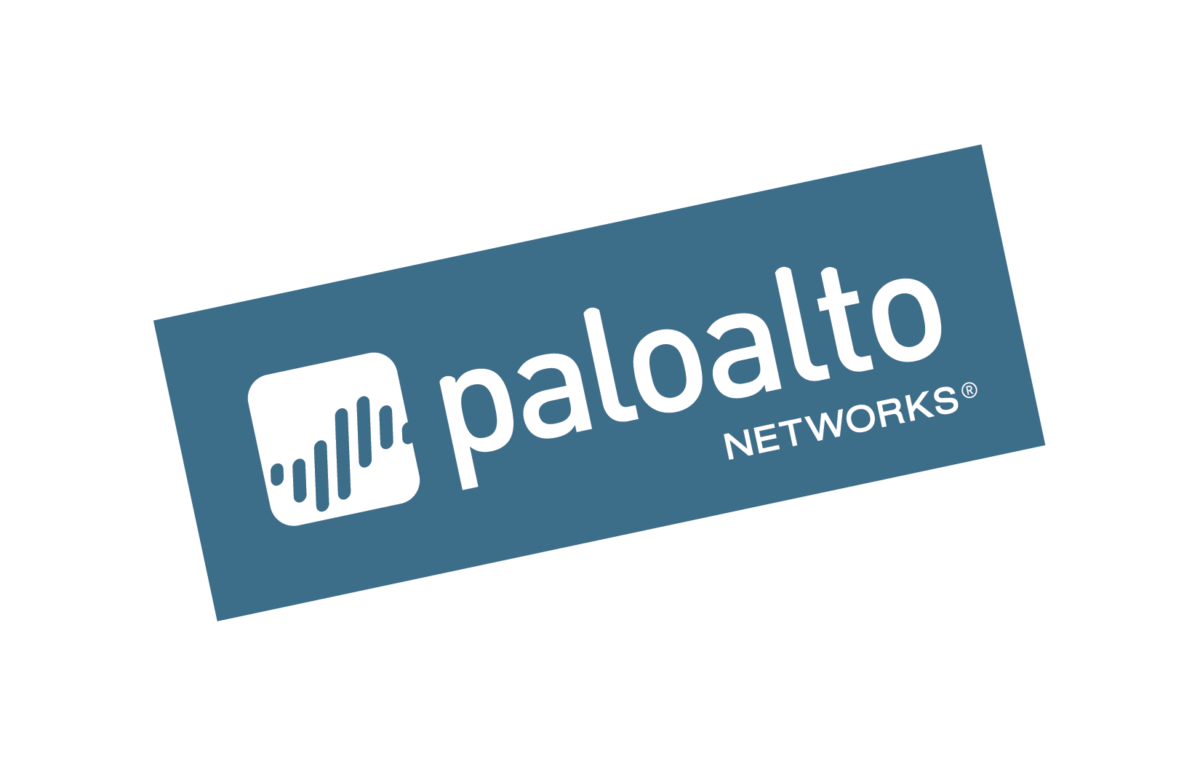
…Do you need SD-WAN. (Spoiler alert – we think it’s the future, but read on to see why).
The driving force behind the growth and adoption of SD-WAN is digital transformation. Organisations across the world are racing towards the ultimate goal of modernising their operations. Driven by the need to meet the increased demands of the modern world and the increasingly technology reliant users in it. This will mean many different things for each business, but regardless of the specifics, there seems to be one common denominator across the strategies – creating a network that’s capable of coping with the ever-growing demand to provide a good user experience in a distributed world.
Does this strike a tone with you? How often do you find yourself considering one of the following:
- Is my network providing our users with what they need?
- How is our application performance?
- Do we have visibility across the whole network?
- How quickly can we execute a successful deployment?
- How secure is our network, and how can that be maintained?
If you are grappling with any of these, then SD-WAN could be the solution, but let’s explore this all in a bit more depth.

Is your network providing your users with what they need?
As companies grow and add more applications, more devices, more branches, and more staff, the network grows too. This growth leads to complexity, and complexity ultimately leads to poor application performance. According to Aryaka’s ‘State of the WAN Report’ (2020), only 9% of respondents surveyed state that they have no issues with end-to-end performance, down from 35% in 2019.
This is compounded by the fact that set-up and management is shown to be the new top challenge, growing from 28% in 2019 to 48% in 2020. The report highlighted both complexity and network performance as being contributing factors. So if the one thing your users need is an ‘issue free’ experience, can you say your current network is up to the job?
How is your application performance?

Motivated by the perceived gains in efficiency and productivity that SaaS applications promise, as well as an accelerating move to the cloud, businesses are adding more and more applications to their network. The knock-on effect is that application performance continues to be the biggest area of time investment for IT organisations.
Naturally, users expect a seamless experience, regardless of their working location, but evidence suggests that remote workers are placing considerable additional burdens upon the network. Managing and maintaining the performance of these applications has suddenly become a lot harder.
Which applications get priority?
Traditionally, network traffic is just that – traffic – and it’s often congested. With SD-WAN being a virtual WAN architecture, it allows enterprises to leverage any combination of transport services – including MPLS, LTE and broadband internet services – to securely connect users to applications. Therefore, key applications can be prioritised, effectively opening up an ‘emergency lane’ for faster and more direct movement. This means that key applications can bypass the bottlenecks and still perform optimally, regardless of other network congestion.
Do you have visibility across the network?

Ok – so everything might be performing to a satisfactory level, but how do you know? Or more to the point, if performance does dip, how quickly can you identify where and why? Do you have a real-time view of your entire network’s performance, with key information right at your fingertips? With SD-WAN you do.
Additionally, without visibility, ensuring configuring uniformity can be difficult, making troubleshooting misconfiguration a daunting task. Within a software defined WAN, you are able to build policies that adhere to company standards and business intent. Build policies once, standardise, and deploy multiple times with confidence they are solid.
Planning to deploy?
How long does it currently take you to set up a branch office? If you’re like nearly half of those surveyed in Aryaka’s ‘State of the WAN Report’, you’re expecting a deployment to take between 1 – 4 weeks. For those pioneering companies who have gone down the SD-WAN road, deployment is virtually instantaneous. Get anybody to plug the box in, power it on, and the solution does the rest. There is no need to deploy network-savvy engineers on site at all.
What’s more, thanks to SD-WAN’s centralised management and deep visibility into the network, should there be a link failure during deployment, or any other problem for that matter, time to resolution is much faster, because a technician can instantly see where the problem lies, fix it and get the deployment back on track.
Looking to improve security posture across network?

Your business network should be in a safer place with SD-WAN. Software Defined Networking enables a variety of security benefits. For example, network connections can split up between an end user and the data centre and have different security settings for the various types of network traffic. For example, a network could have one public-facing, low security network that does not touch any sensitive information, but still maintain another segment which could have much more fine-grained remote access control with software-based firewall and encryption policies on it, which allow sensitive data to traverse over it.
On top of this, SD-WAN offers the ability to look at a set of workloads and see if they match a given security policy, especially as data is distributed,
Finally, one key security aspect of SD-WAN is micro-segmentation, which a growing number of SDN platforms now support, As SDN platforms are extended to support multicloud environments, they will be used to mitigate the inherent complexity of establishing and maintaining consistent network and security policies across hybrid IT landscapes.
Sign up for ‘NCL Insights’
Your trusted source for innovation, technology insights, and market trend analysis.











